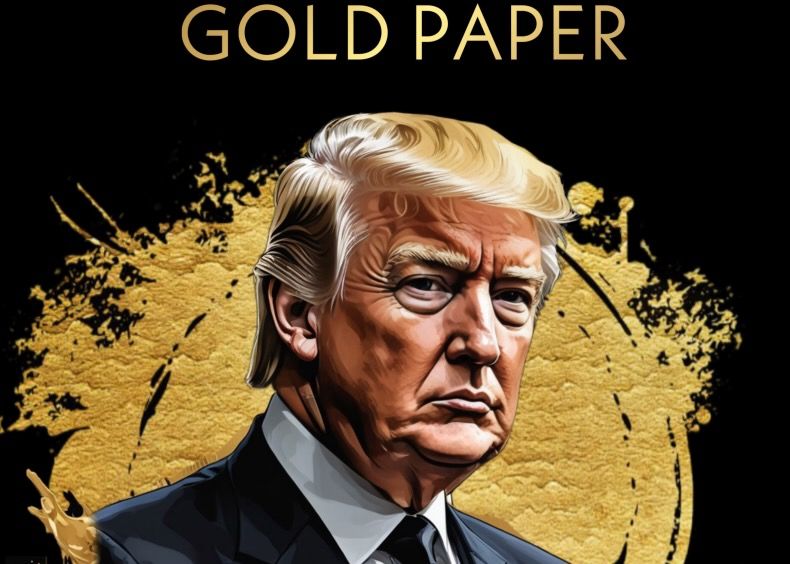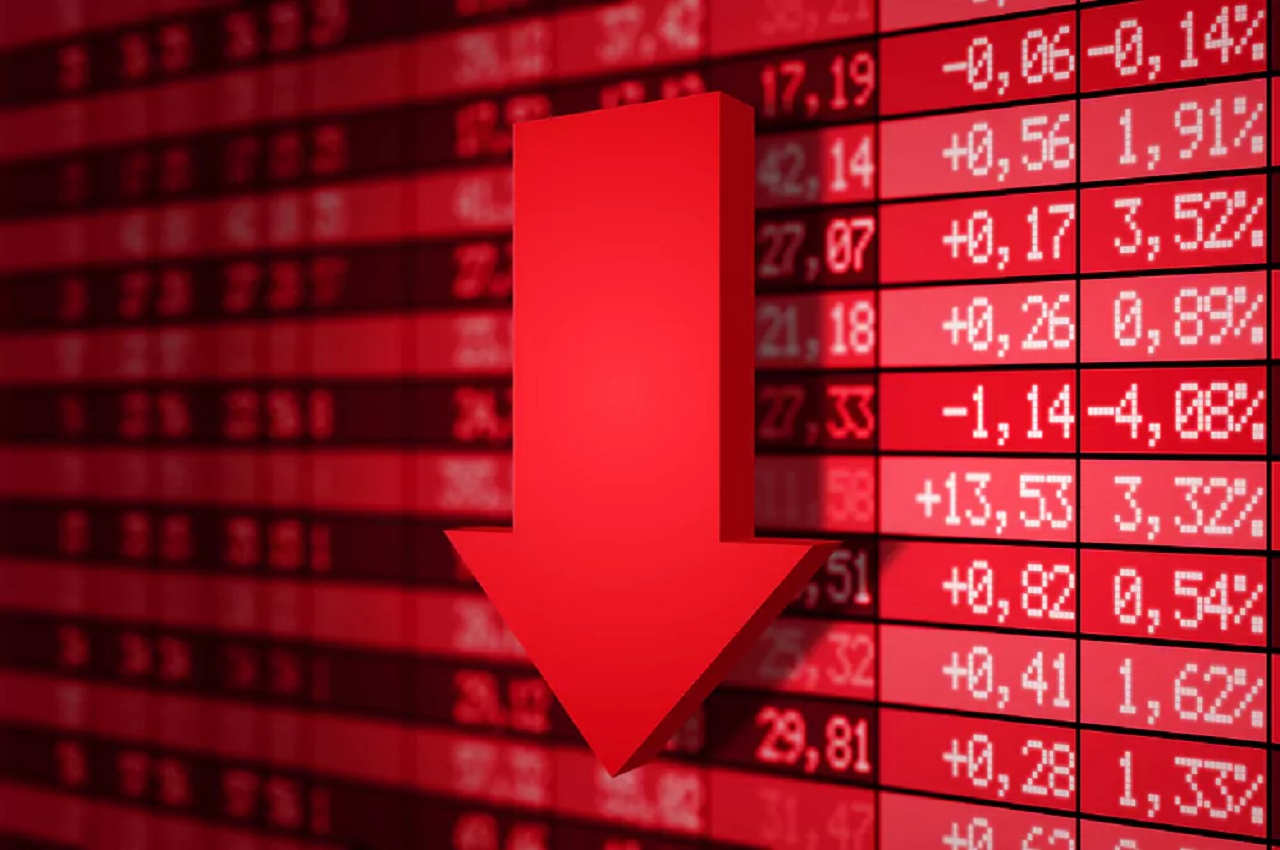Bitcoin’s Stability Amid Market Watchfulness
In the Asian afternoon hours of Wednesday, Bitcoin sustained its position above $87,000 as traders closely monitored upcoming U.S. data releases and the implications of U.S. tariffs set to take effect on April 2. The market sentiment appears to be predominantly cautious, with many participants adopting a wait-and-see approach.
In the last 24 hours, major cryptocurrencies exhibited minimal changes. Notably, Solana’s SOL, XRP, BNB from the BNB Chain, and ether (ETH) each saw increases of under 3%. However, the memecoin dogecoin (DOGE) outperformed the pack with a notable rise of 5.5%. This marked the second consecutive day of gains for DOGE, which has been accompanied by positive movements in pepe (PEPE) and mog (MOG). This trend suggests a continued correlation between these tokens and the strength of ether, showing no signs of reversing.
In a surprising turn, shiba inu (SHIB) surged by an impressive 11%, driven by a shift toward riskier meme coins and a staggering 228% increase in activity on its native ShibaSwap exchange over the past month. Data indicates that the open interest in SHIB-tracked futures has risen by over 20% since Sunday, reflecting a growing anticipation of further volatility.
Despite these gains, concerns about a potential slowdown in the U.S. economy linger. Recent rapid unwinding of momentum trades in the equity markets has prompted money managers to adopt a more defensive stance. “We anticipate that markets will continue their gradual recovery from last week into the end of the month, with the next significant catalyst being the ‘liberation day’ reciprocal tariff announcement from Trump planned for April 2,” stated Augustine Fan, Head of Insights at SignalPlus, in a Telegram message to CoinDesk. “Rumors suggesting a softened tariff response could significantly alleviate some of the recent technical damage in U.S. stocks, potentially igniting a global rally, particularly in light of the recent upturn in EU and Chinese stocks.”
Fan further elaborated, “In the foreseeable future, crypto will likely mirror the movements of equities as we do not foresee a unique catalyst emerging. Nevertheless, the recent M&A announcements involving Coinbase and Kraken instill confidence that the long-term bullish market trend is still intact.”
Additionally, traders at QCP Capital noted in a Tuesday broadcast that historically, the upcoming quarter, especially April, has been one of the most favorable periods for risk assets, second only to the traditional December rally. “The S&P 500 has recorded an average annualized return of 19.6% in Q2, while Bitcoin has also demonstrated its second-best median performance during this timeframe, again only trailing Q4,” they commented, while also highlighting the prevailing caution among options traders.
“The options markets are exhibiting a cautious sentiment. The call skew has not significantly shifted toward calls, showing that traders are waiting to observe how the tariff situation unfolds,” they added, mentioning that attention is now turning toward the upcoming Personal Consumption Expenditure (PCE) data, which could serve as the “next key catalyst.”
The PCE index, which measures inflation (or deflation) across a broad spectrum of consumer expenditures, reflects changes in consumer behavior. It is released monthly and is known to influence the Federal Reserve’s interest rate decisions. Elevated PCE readings indicate rising inflation, potentially triggering rate hikes to temper the economy, which can dampen risk appetite and put downward pressure on Bitcoin prices as investors gravitate toward safer assets. In contrast, low PCE figures suggest subdued inflation, which may lead to rate cuts or a steady policy stance, thereby boosting liquidity and supporting Bitcoin’s value as a speculative asset or inflation hedge. The next PCE release is scheduled for March 28 and could significantly influence market sentiment, with Bitcoin’s response likely tied to how the data shapes Fed expectations — a period of heightened volatility often follows as traders recalibrate their positions.





